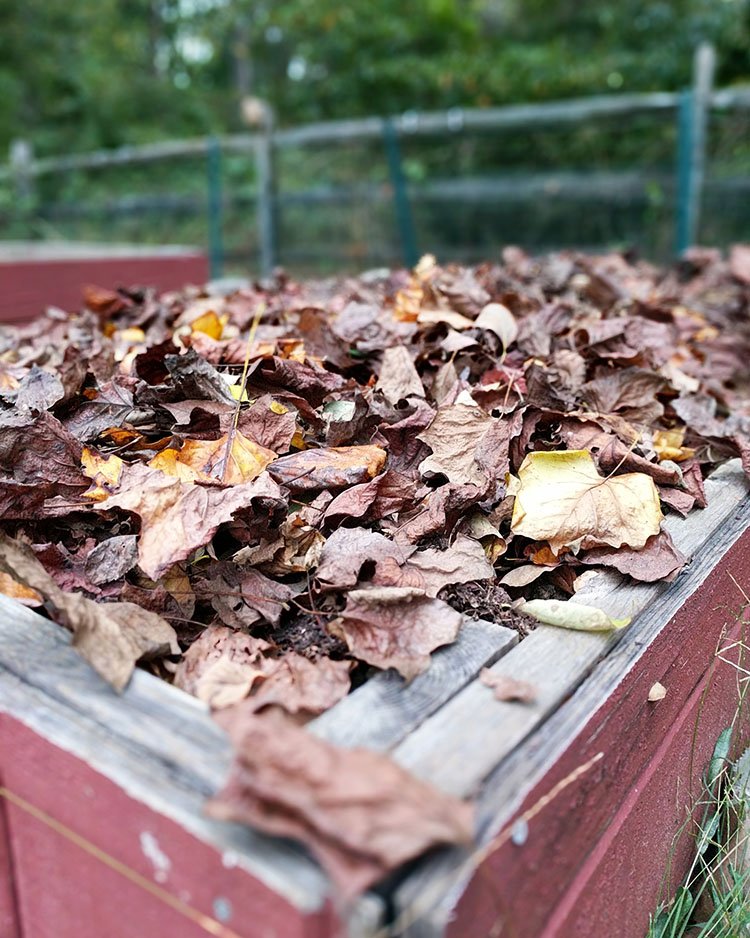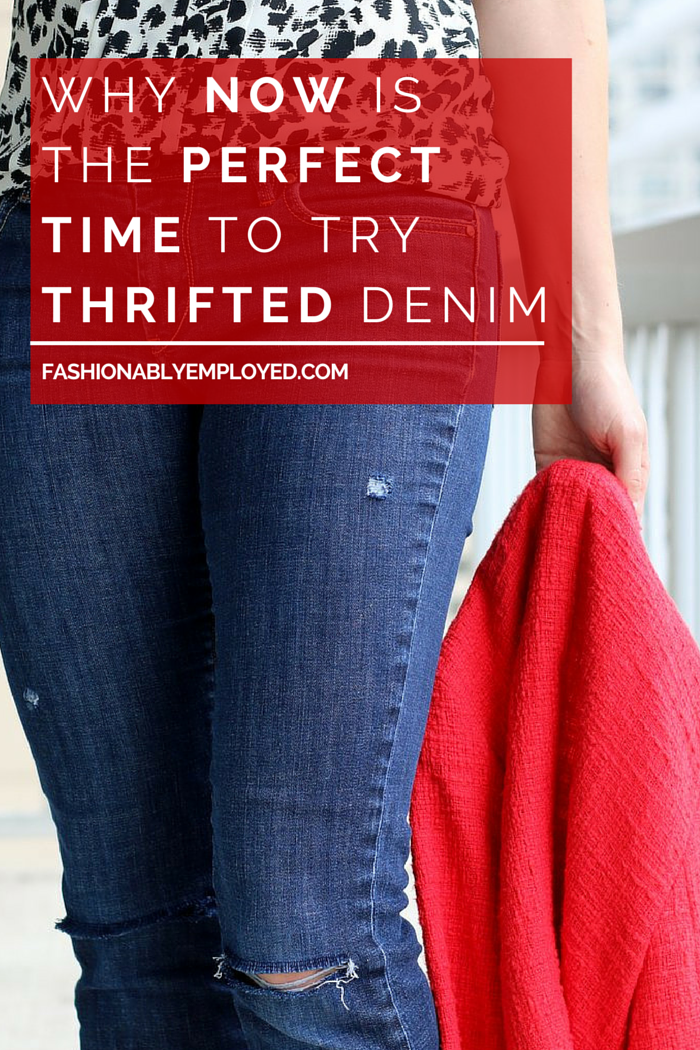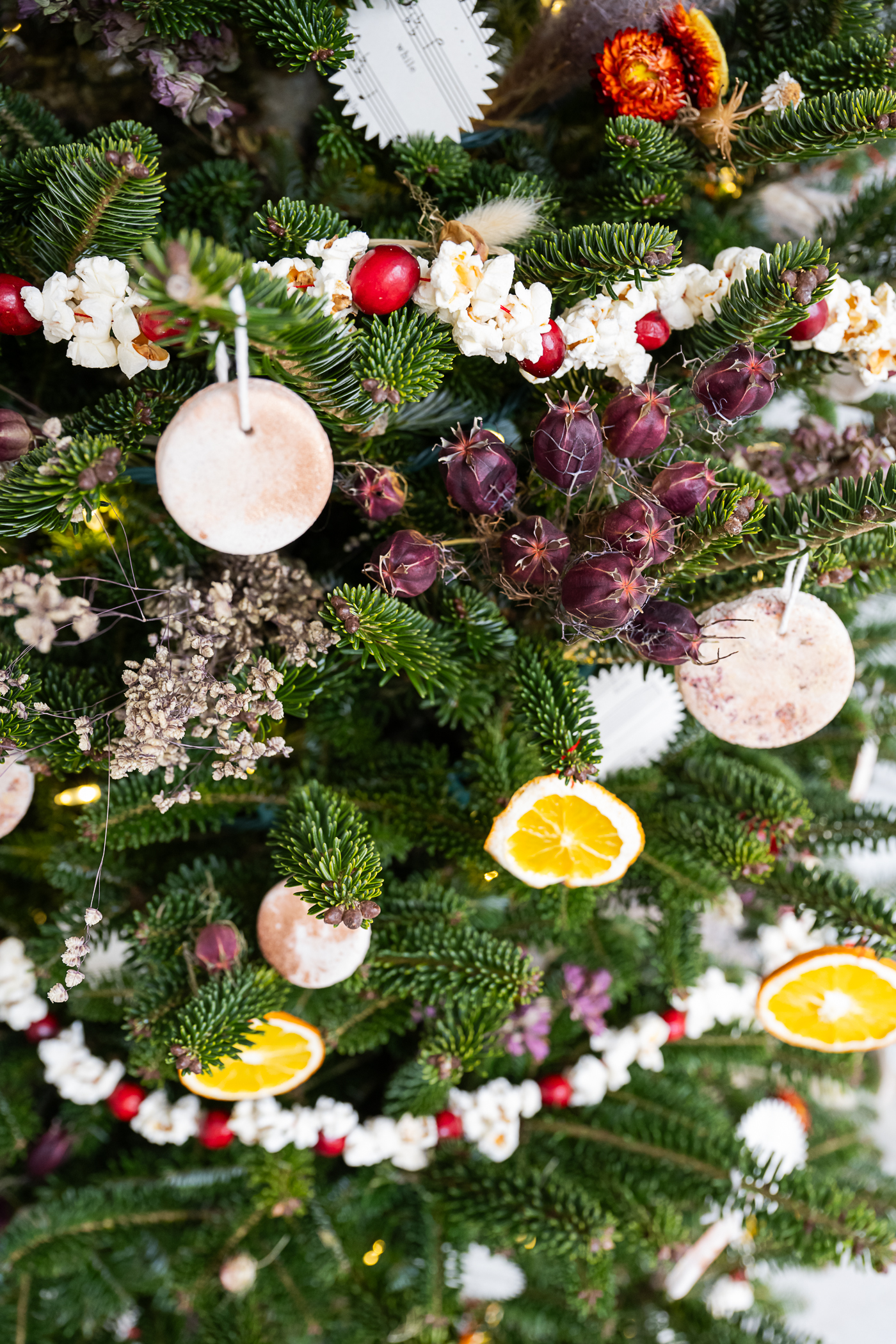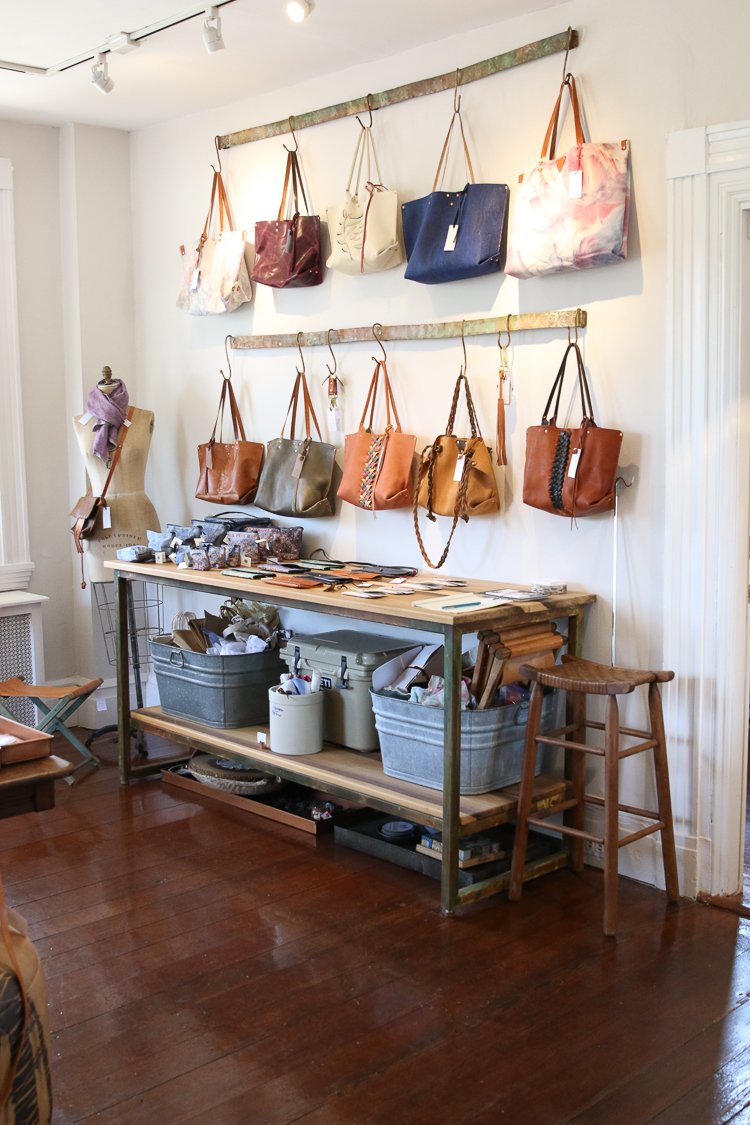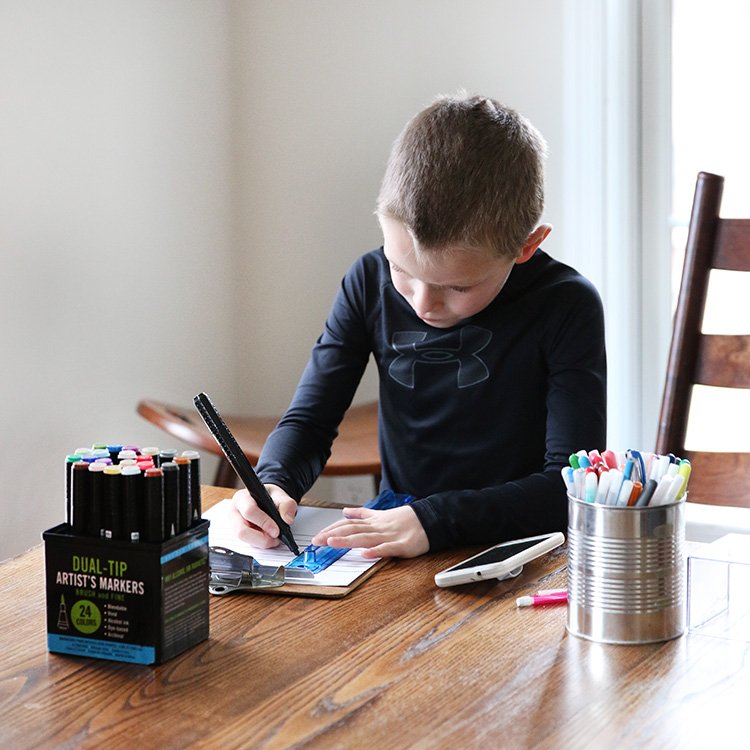How to Host a Small Community Fundraising Sports Gear Sale and Swap
How about hosting a small community fundraiser with a sports gear sale and swap? To reduce waste, build community, and help parents save a bit of money, here’s how we hosted a small but mighty sports gear sale and swap to keep sports gear out of the trash and raise a bit of money for a local sports team.

Maybe it’s just me, but I feel like my kids need new sports gear all the friggin’ time. And this stuff isn’t cheap! It feels wasteful to toss expensive equipment in decent condition when they outgrow it. So what to do with it other than let it collect dust in my basement, which is its current fate…
There are some tried and true solutions to this conundrum… like passing equipment along to younger siblings or cousins and friends. Our boys are the same size, so there’s no real pathway from the older sibling to the younger one for us. We give away sports gear to friends and teammates’ siblings from time to time, but we’re still left with mountains of hockey gear, baseball bats, cleats, and more. I can’t bring myself to throw it away.
Last season, a fellow eco-minded friend and parent of athletes reached out to ask if I wanted to coordinate a baseball gear swap with her for our boys’ baseball league. I loved the idea, of course, but felt a little overwhelmed about one more thing to manage. I’m pretty sure she held a similar sentiment. So the idea lingered without much action.
Winter passed and spring season crept up on us, and we finally got our act together. She and her husband deserve most of the credit, but we (and by we, I mean mostly they) pulled together a great sports gear sale and swap that helped prevent a bunch of stuff from going into the landfill and raised several hundred dollars for the boys’ travel baseball team. Here’s how we did it.
How to Host a Small Community Fundraising Sports Gear Sale and Swap

Keep the sale and swap simple
We didn’t have the bandwidth to take on a large community event. Reducing waste was the primary purpose of the swap, and fundraising was a bonus in this case. Let me share more details about how we set out to host a small community fundraising sports gear swap and sale for our local baseball league.
Overview of the planning and event
We planned everything just a few weeks before the swap and sale event, so we winged it a bit. But because we kept it small and simple intentionally, it worked out quite well. Here’s a high-level overview of the steps involved in hosting a small community fundraising sports gear sale and swap that worked for us.
- plan a format and pick a date/location
- decide what we would accept
- set a pricing plan
- create a flyer to promote the event
- gather gear for donation
- solicit volunteers
- manage a table for sale and swap on event days
- pack up unsold gear for next year
Plan a format and pick a date/location
We wanted something easy to execute. There were only three of us managing the event. We collected gear (more on that below) and set it up on a folding table during league evaluations at the beginning of the season.
We chose a date and location when parents would already be showing up for league activities, so they wouldn’t have one more event to add to their calendar. Additionally, we wanted to let parents swap and buy used before the season started and they bought everything new. Thus, it was important to host the event as early in the season as possible.
We set up the table near the entrance and the registration sign-in so parents wouldn’t miss it. We sent out several communications to all parents before evaluations letting them know about the swap and sale so they could bring gear to donate or be ready to look for whatever they might need.
Decide what we would accept
Consistent with our goal to keep things simple, we accepted only baseball and softball gear in like-new or gently used condition. Specifically, we accepted items on the list below and included the list in our promotional flyer.
- bats
- cleats
- baseball and softball pants
- gloves
- baseball belts
- helmets
- batting gloves
We chose not to accept general athletic gear (shorts, t-shirts, etc…) because we didn’t want it to be overwhelming to manage the volume of donated items available for sale.
Set a pricing plan
Initially, we thought about hosting the event as a free swap. But one parent strongly suggested we charge, at least for some of the more expensive items like bats (which can cost $200-$400 brand new). He was right! Many of the bats were far too valuable to give away for free.
We charged $25 for bats and suggested a $5 donation per item for everything else. We included this on the promotional flyer (and were clear that items donated would be resold with all proceeds benefitting the travel baseball team).
Create a flyer
Canva to the rescue! If you haven’t used Canva, it’s graphic design for newbies. It makes creating flyers and promotional material easy (and you can use most of their tools for free). We made a flyer to send information via the league’s parent contact distribution list. Drop in your email address below, and you’ll get the exact Canva template, shown below, that I used in an editable version so you can whip up your sports gear sale and swap flyer in just a few minutes.
Promote the event
We chose not to promote outside that avenue because the event wasn’t a big production. If you want to garner more attention for a larger event, you might consider sharing on social media or in local school newsletters (if that’s an option). Individual coaches could also communicate directly with their teams about the event to provide details among a smaller group.
Gather gear for donation
We asked people to drop off gear at the baseball complex in designated bins during the weeks leading up to the sale and swap event (i.e. when we planned to set up the table at Evaluation Day for the league). We also accepted gear from friends and neighbors directly.
Since it was small, we could collect gear and sell or swap gear on the day of the event too. It helped to collect most gear in advance so we had items spread out on the table, but adding new donations we received during the event felt manageable.
Solicit volunteers
We asked for a few volunteers when we promoted the event. We followed up with direct requests for help from parents on the travel team for which we were raising money. With only one table to manage, we oversaw the table mostly by ourselves. We set up the table next to the group hosting a fundraising raffle, so we could each loosely oversee the activity at both tables if someone needed to step away.

Manage a table for sale and swap on event days
Volunteers set up the table with all the gear. We had someone standing at the table for some parts of the event. But to keep it low-key, we attached a locked cash box to the table with a Venmo QR code and let the sale and swap work on the honor system at times. We don’t have a Venmo account for the team, so one parent used their personal Venmo account and then passed proceeds to the league on behalf of the team after the event.
Because most items were priced based on suggested donations anyway, we didn’t worry too much about items being taken without payment. Ultimately, the event was about getting good gear into fresh hands and not throwing it away. The fundraising element was a bonus, so we didn’t get too caught up in micromanaging the table.
The first sale and swap at Evaluation Day proved quite successful given the limited notice and promotion we did in advance. Many people expressed interest in donating more items (often missing the initial communication), so we chose to set up the table for a second round at another league event day.
We relied more heavily on the honor system for the second day, and it seemed to work just fine. I’m sure some people took things without making donations, but that’s ok. Maximizing profit wasn’t our ultimate goal.
Pack up unsold gear
We had a bin or two of gear unclaimed at the end of the second day’s events. We packed it up and brought it to Play Again Sports, a chain store for secondhand sports gear. They paid $100 for the gear, which provided another bit of money for the fundraiser.
We will do one more collection at the end of the season and store those items in the league’s shed for the off-season. That should offer a nice set of gear ready for next year’s sale and swap sale!

Progress > Perfection
Some sports gear swaps and sales are much bigger productions. While they can raise more money, that wasn’t in our wheelhouse. We wanted to keep it simple and create a bare-bones marketplace for families within the league to swap and trade gear. It builds community, saves money, and reduces waste!
Sustainable living can feel overwhelming, especially when we feel pressure to do everything just right. But we don’t have to do all the things perfectly. Hosting an itty bitty sports gear sale and swap is a great way to take climate action that benefits the community and normalizes the culture of reuse and secondhand without a lot of stress.

Circle of Sustainability
This little sports gear sale and swap also highlights the circle of sustainability, which is at the center of eco-friendly living. The graphic above shows the three elements of that circle: Get It, Use It, Pass it On (as opposed to Get it –> Use it –> Toss it out).
We often get hung up on making sustainable purchases (i.e. focusing too much on the “Get it” section of the circle), but we can start anywhere on that circle. Sometimes it’s easiest to start practicing more sustainable habits related to how we dispose of our stuff or how we use it rather than the brands or products we buy.
This little sports gear sale and swap homed in on the “Pass it on” element of circularity. No matter what brand of gear, how it was purchased, how it was used, or what its life looked like before it was donated, we wanted to offer parents an easy way to pass along their kids’ gently used baseball and softball gear to a new child.
Guess how much we raised!
We made the gear sale and swap simple for people to plan, execute, and support. Without much work and just a few volunteers, we raised $516 and kept a bunch of gear from ending up in the trash or collecting dust in a basement bin until it was woefully outdated. And no one is complaining that it raises a bit of money to offset the cost of the next travel tournament or uniform purchase!
If you’ve got any other tips for fun and easy sports gear sale and swap events that one could host with relative ease, be sure to share them. Busy parents and families have a lot on their plates, so finding ways to make sustainable living easier (especially at the community level) can have such an impact. Share and swap your best ideas so we can make these types of events even better!
Did you find this helpful? Sign up for more eco-friendly living tips for everyday life.
I’m the creator of this site, and my favorite way to connect with others as we tackle this whole climate change thing is through my newsletter, Stepping Stones. Each week, I share tips, resources, and stories to help you translate climate conversations into actionable (and attainable!) steps at home, with a little sarcasm and snark between snippets of sustainable living chat.
I’d love for you to check it out. Drop your email below, and you’ll have loads of ideas for easy eco-friendly habits in your inbox in no time (for real, the welcome email itself is a gem of tips and tricks).

Jen Panaro
Jen Panaro, founder and editor-in-chief of Honestly Modern, is a self-proclaimed composting nerd and advocate for sustainable living for modern families. To find her latest work, subscribe to her newsletter, Stepping Stones.
In her spare time, she’s a serial library book borrower, a messy gardener, and a mom of two boys who spends a lot of time in hockey rinks and on baseball fields.
You can find more of her work at Raising Global Kidizens, an online space to help parents and caregivers raise the next generation of responsible global citizens.


